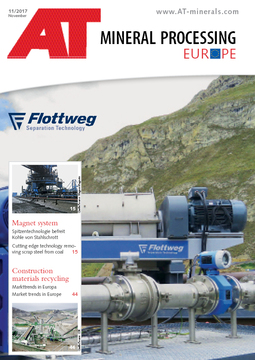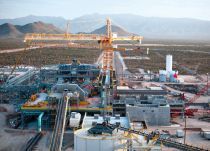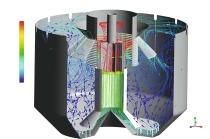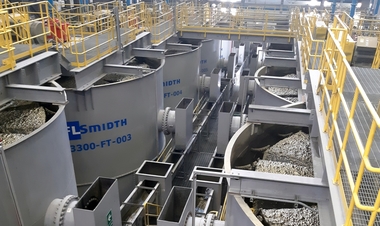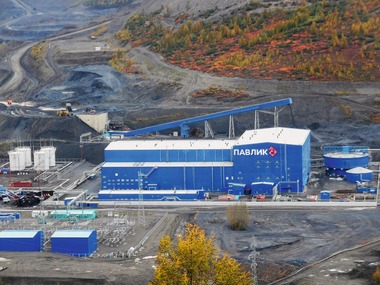FLSmidth lands large order in Mexico
One of the world’s leading silver producer and one of Mexico’s largest gold producers, Peñoles and Fresnillo PLC, have decided to introduce the latest nextSTEP™ advanced flotation technology into their operations at Fresnillo, Velardeña, and Sabinas. These companies have purchased 43 flotation cells of various sizes from FLSmidth featuring the new rotor/stator low-energy technology. Fresnillo is one of the world’s oldest continuously operating mines, Velardeña is the second largest zinc producer in México and Sabinas is a polimetalic plant in North-Central México.
The new flotation machines will be used for a new pyrite plant which will improve overall recoveries of gold and silver and for treating ores in existing operations which will be increasing their capacity respectively. The nextSTEP™ advanced flotation mechanism, featuring a new rotor/stator, low-energy technology is rapidly gaining ground after tests have proved a reduction in energy consumption between 15-40 %, while maintaining or improving recovery. Delivery of the equipment will be in Q1 2018.
“The nextSTEP™ rotor/stator technology provides a step change in flotation, metallurgical performance and energy efficiency,” states Director of Flotation and Dewatering, Steve Ware: “It has the lowest operating power of any flotation mechanism on the market and is clearly the “nextSTEP™” for miners wanting to increase process plant productivity.” Steve Ware, explains how the new rotor is designed to produce ideal flow streams: “The jet exiting the rotor is distributed across a larger surface area than in traditional machines and this causes an even flow distribution that produces fine bubbles increasing the probability of particle/bubble attachment resulting in improved metallurgical recovery. Another major benefit is that the improved distribution pattern decreases wear of the mechanism, thus, reducing downtime for repairs. On top of the even wear patterns, the rotor can also be run in a reverse direction to further increase the life cycle of the mechanism.” Wear characteristics, after one year in operation indicates that the wear life of the nextSTEP will exceed the industry benchmark of two years.

